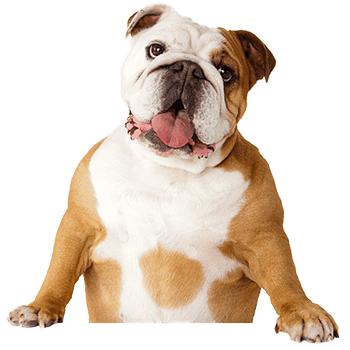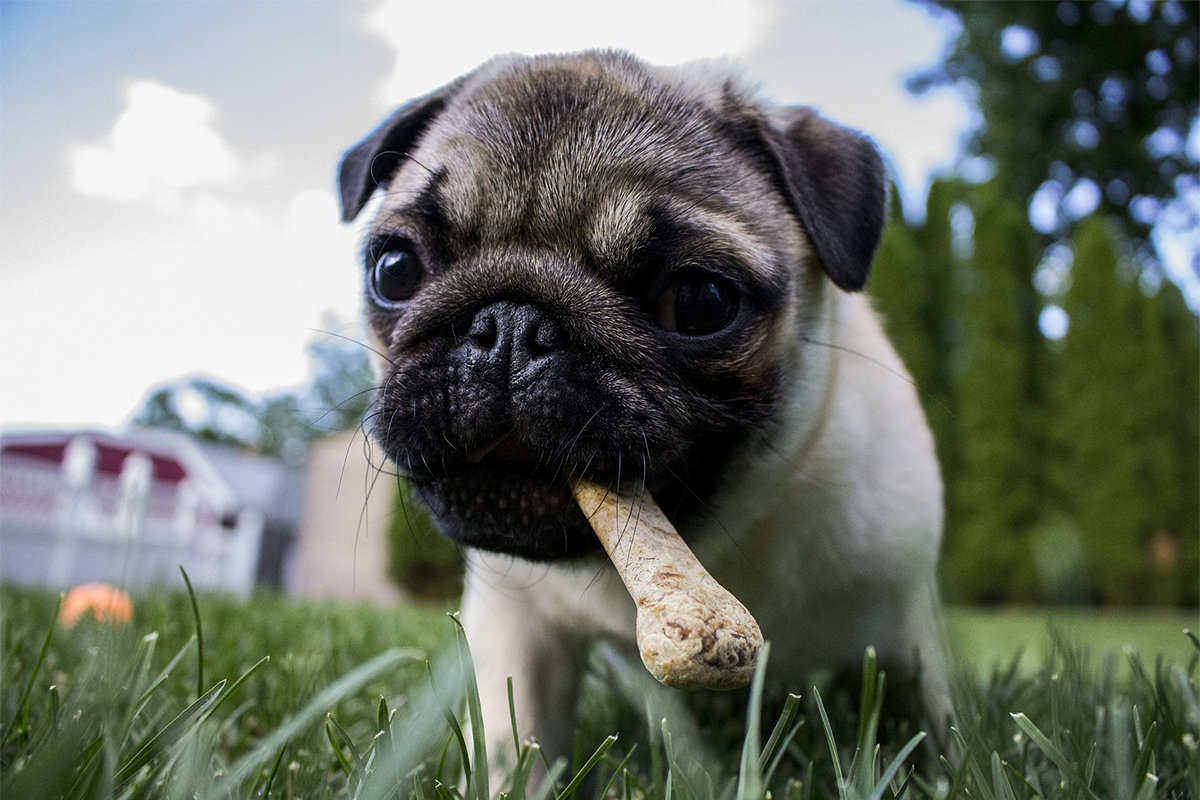Dogs love to nibble. In fact, some say the quickest way to a dog’s heart is through her stomach.
It’s the quickest way to get her to be obedient too, and because food is such a powerful agent for coaxing desirable behaviors from your animal, it can be tempting to reward her for every good deed she does.
But as dog behaviorists have discovered, and outlined, this approach stymies development.
Repetition only works at first
Before we dive in, let’s start with an indisputable truism: if you’re trying to teach a young pup to obey your command, you need to reinforce this behavior at every turn with a treat. It’s the surest way to get the result you want. Want her to sit? Every time she sits, give her a reward.
However, within a short space of time (no more than a few days, even) this approach has the inverse effect. It actually causes a puppy to stop learning, and more importantly, to stop trying.
Thus…
…The secret is to keep her on her toes
Let’s use a quick analogy to make our point. The quickest way to get a human body in shape is to keep the body guessing. As soon as a gym routine becomes predictable, gains start to plateau. Our body works out a way of conserving energy and doing the bare minimum to get by.
By the same token, a dog that knows it’s always going to get a reward no longer needs to adapt; and will expect a reward for ever after.
What you want to start doing is only treating your pup, or dog, to a reward every so often. She knows she’s still going to be rewarded, but she doesn’t know when that reinforcement is coming. Thus, she’ll partake in the game for the hope of the payoff, and will do so as long as it takes to strike gold. Importantly, taper off the treats, and start increasing the duration between rewards accordingly.
Next, get picky
Once you’ve developed a reliable method by which you’re able to portion out treats every so often (while still receiving the obedience you expect), start to get picky. You want only the best. Ergo, she only gets a reward if she responds to your instruction without hesitation – and does so perfectly.
It’s important to progress through these steps systematically, but don’t be afraid to combine the steps if need be.
If you move too fast, you can expect a bit of backlash. No pup likes to be deprived of a good treat! But that’s a good thing, because you’ll know where the boundaries are, and how to operate within them.
Perfect treats for your dog
Dogs love all sorts of food.
Consider things like: liver treats, mini meat sausages, snack bars for dogs, fish slices, fruity edibles, or good old-fashioned dog biscuits. Settle on something your dog enjoys, and something she will reliably return to time and time again. Last but not least, your food selection needs to make financial sense as well, as you’re going to be serving these out with a certain frequency until you reach stage 3.
And in the end, keep at it. Training a dog of any age, especially a young pup, takes persistence and repetition. Don’t be afraid to display a little bit of tough love either: you are not her best friend, but her disciplinarian. Dogs are ready and willing to learn obedience so long as they’re not spoilt, and understand the importance of towing the line. To make this line clear, and to reinforce it, regular obedience training is key.




